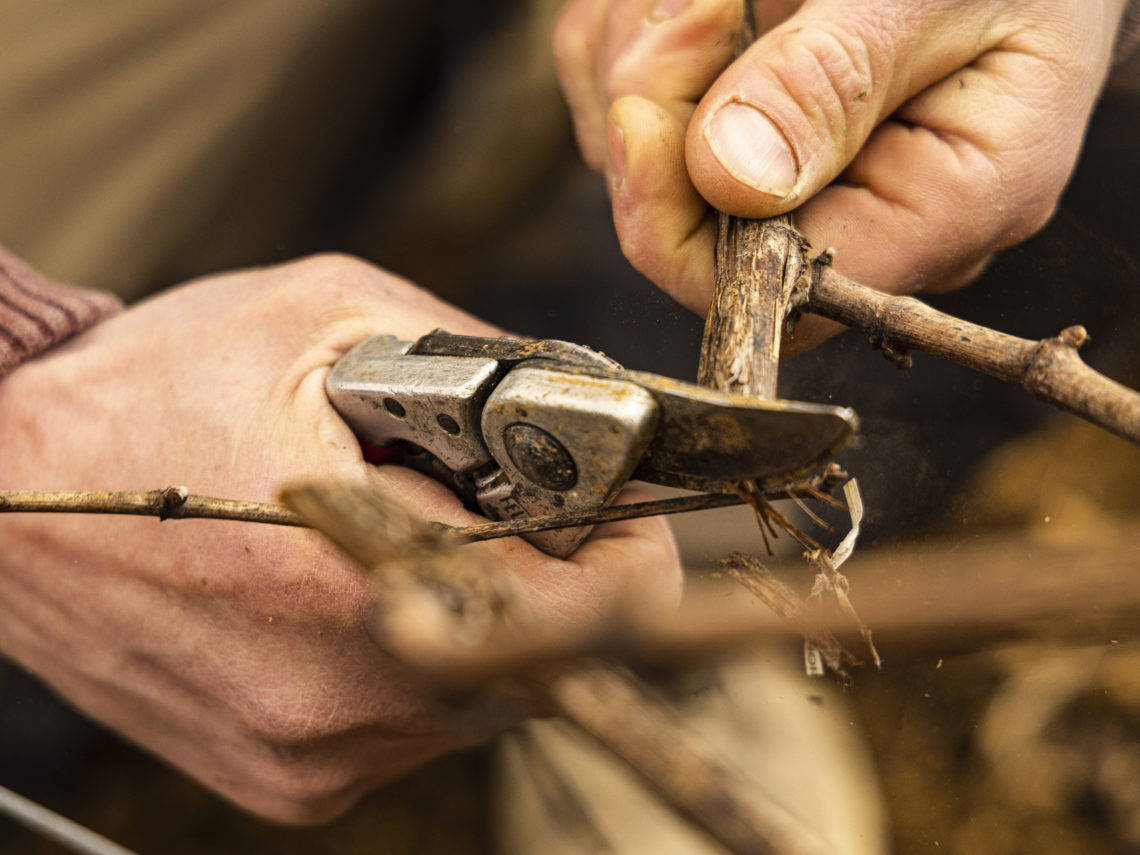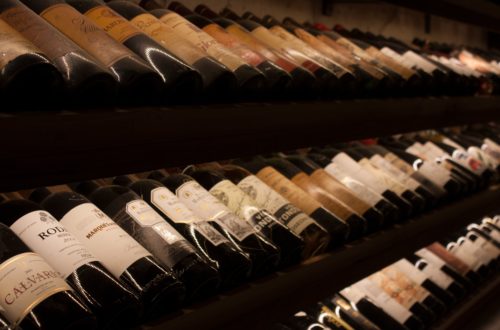
Vinous champagnes: what are the differences with other champagnes?
Dear champagne lovers,
Consumers often tend to forget that champagne is first and foremost a wine. To say that a champagne is vinous may therefore seem paradoxical, and yet the term vinous champagne is used to characterize certain champagnes.
I am regularly asked what is considered a vinous champagne, what are the differences with other champagne wines and when is the best time to serve it.
The vinous champagne has its own characteristics, I will reveal them to you. Follow me!
What is a vinous champagne?
The vinous champagne is a wine produced from perfectly ripened grapes, vinified and dosed to the strict minimum. This champagne has the characteristics of a good wine: it is distinguished by its more pronounced taste and its denser texture. The vinous side of a champagne is revealed during the tasting and makes it an ideal ally to accompany a dish.
What are the wines of wine champagne?
The champagnes considered as vinous are generally the rosé champagne and the blanc de noirs. These champagnes have a vinous character and are particularly suitable to be served with a meal. However, the vinous character of a champagne is not limited to these particular cases. Some blended champagnes can also be qualified as vinous, it is indeed more of a qualifier perceived at tasting than an absolute rule associated with the use of certain grapes or elaboration processes.
The blanc de noirs :
The blanc de noirs champagne is considered a gastronomic champagne. It is white in appearance and made from black grapes with white juice: pinot meunier and pinot noir are generally used.
Rosé champagne
It is important to know that there are two types of rosé champagne: the rosé of assembly and the rosé of bleeding.
At first, we will look at the rosé champagne of assembly. This pink-looking champagne is obtained by blending, before the froth setting, white wine with 5 to 20% of red wine from Champagne.
The blending method is the most commonly used and some cuvées have the characteristics of a vinous champagne such as Laurent-Perrier’s Cuvée Alexandra,
By the way, if you don’t know the process of making a champagne wine, I invite you to read my article: the secrets of making champagne according to the champagne method.
Champagne rosé de saignée:
More obviously, the rosé de saignée, also called rosé de macération, has a vinous character.
The pinkish color of this champagne is not due to the mixture of a white wine and a red wine, but is obtained by leaving the musts macerated a few hours with the skin of the black grapes. The skins contain natural pigments that will allow the coloring of the must and will bring this vinous side to the champagne.
Its color is generally more intense than the rosé champagne of assembly, but this color can strongly vary according to the years.
After maceration, the cuvée is considered as saignée. This method is less frequent than that of the rosé of assembly.
What are the differences between a vinous champagne and a classic champagne?
The vinous champagne is more powerful than other champagnes because of its higher alcohol content, but there are other characteristics that differentiate it from a classic champagne, I will reveal them to you.
Concerning the grape varieties:
The blanc de noirs and the rosé de saignée are exclusively composed of black grapes: it is generally the pinot noir, pinot meunier and pinot gris grapes that are used. These champagnes can be composed of a single grape variety or a blend of several.
Concerning its texture:
A classic champagne has a light and airy texture while the vinous champagne has a texture of a certain density, which is close to a wine.
Concerning the bubbles, they are less numerous than in other champagnes and are less perceptible.
Concerning the taste:
A champagne rosé de saignée is characterized by notes of red fruits while the champagne blanc de noirs is characterized by notes of red and black fruits. It is the opposite of the white champagne which is characterized by white fruit and white flowers aromas.
Concerning the temperature of tasting:
In order for the aromas of a champagne to be fully released, it is important to serve it at the right temperature, otherwise you may be disappointed when tasting it.
A sweet or semi-dry champagne should be served between 8 and 10°C, the same for brut or extra-brut champagne.
Champagne with a vinous character should be served at the same temperature as vintage champagne or grand cru, i.e. between 12 and 14 °C.
When to serve a vinous champagne?
Not all champagnes are the same! Some champagnes are not complex enough to accompany a whole meal, they will be more adapted for an aperitif or a toast. It is the windiest champagnes that can be served throughout a meal.
For the aperitif and the starter
To accompany your aperitif, you can serve a blanc de noirs champagne made exclusively from pinot noir or you can opt for a brut or extra-brut rosé champagne. For a semi-cooked foie gras, serve a blanc de noirs instead.
For the dish
For a successful food and champagne pairing, a blanc de noirs champagne made exclusively from pinot noir will be a perfect accompaniment to meat, such as roast poultry, while a rosé de saignée champagne will be ideal for salmon dishes, whether poached or in sauce.
For cheese
A blanc de noirs champagne will go wonderfully well with hard cheeses such as comté or beaufort as well as cheeses with character, such as langres fermier, brie de Melun or ewe’s milk tomme.
As for rosé champagne, it will be an ideal accompaniment for cheeses with a very melting texture, such as creamy Burgundy cheese, as well as for goat’s milk cheese.
For dessert
For a dessert based on red fruits, serve your guests a blanc de noirs made of pinot noir, with notes of red fruits, or a semi-dry or sweet champagne rosé de saignée. A perfect match guaranteed!
What are the great vinous champagnes?
For the blanc de noirs champagne :
The house of Bollinger offers its B13 blanc de noirs brut 2013 champagne, made exclusively of pinot noir, with aromas of pears, almonds and tarte tatin.
The house of Krug markets its blanc de noirs champagne named Clos d’Ambonnay, composed exclusively of pinot noir, with notes of gingerbread, candied orange zest with a slight hint of hazelnut.
For the rosé champagne:
The Duval Leroy house offers its Grand Cru femme de champagne rosé de saignée brut, composed entirely of pinot noir, with red fruit aromas.
The house Larmandier-Bernier has made its rosé de saignée premier cru extra-brut, composed of 90% pinot noir and 10% pinot gris, with fruity and floral notes.
Now you know what a vinous champagne is. Would you like to discover more about champagne? Discover my other articles: the history of champagne, what to drink with champagne and where to buy your bottles of champagne.




